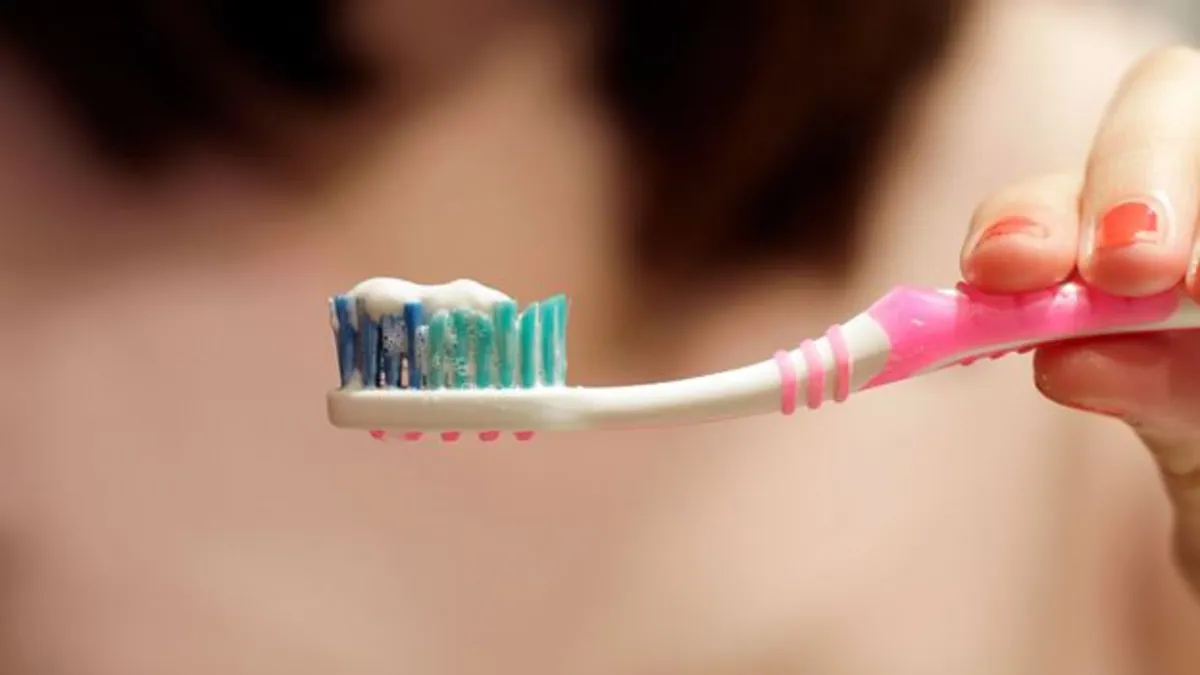
Many people might not realize that their toothbrushes can harbor a variety of harmful microbes, including bacteria from toilets, the cold sore virus, and thrush-causing yeast. This alarming reality raises questions about how to maintain a cleaner toothbrush. Your toothbrush can be likened to a miniature ecosystem, with its fraying bristles creating an environment that fosters microbial growth. Each day, this device is transformed from an arid scrubland into a nutrient-rich wetland, teeming with organisms. Current estimates suggest that your toothbrush might host anywhere from 1 to 12 million bacteria and fungi from hundreds of different species, along with numerous viruses.
The microbes present on your toothbrush originate from three primary sources, as noted by Marc-Kevin Zinn, a microbiologist at Rhine-Waal University of Applied Sciences in Germany. These sources include the user's mouth, their skin, and the environment where the toothbrush is stored. Interestingly, even new toothbrushes can carry their own community of microbes. A study involving 40 new toothbrushes purchased in Brazil revealed that half were already contaminated with a variety of bacteria. Given that most bathrooms contain toilets, it is not surprising that toothbrushes kept in these spaces can be susceptible to contamination.
Fortunately, the majority of microbes found on used toothbrushes are harmless. Many of these microorganisms come from our mouths, including bacteria like Rothia denocariosa and Streptococcus mitis, which are generally benign. In fact, some of these microbes can be beneficial, helping to protect against those that cause tooth decay. However, it's crucial to note that harmful bacteria, such as Streptococci and Staphylococci, can also reside on toothbrushes. These bacteria can lead to tooth decay and gum inflammation, known as periodontal disease. Research has also identified more dangerous organisms, including Escherichia coli and Candida yeasts, lurking on toothbrushes.
One significant concern is the toilet plume, which occurs every time a toilet is flushed. This plume can propel tiny droplets, which may contain bacteria and viruses, up to 1.5 meters (approximately 5 feet) into the air. If your toothbrush is nearby, it could become contaminated with these pathogens. While the immediate risk may be low, it’s wise to consider keeping your toothbrush at a distance from the toilet. In communal bathrooms, the issue is even more pronounced, with studies showing that a significant percentage of student toothbrushes were contaminated with fecal bacteria.
Despite some concerns, not all experts believe the toilet plume poses a significant risk. Erica Hartmann, an associate professor of engineering at Northwestern University, reports that many gut-associated microbes do not survive well in open air. In general, the risk of infection from toothbrushes is considered low for most individuals, but those with compromised immune systems should exercise caution. Additionally, some bacteria found on toothbrushes have been shown to possess antibiotic resistance genes, which could complicate treatment if infections occur.
There are several strategies for keeping your toothbrush clean. While antimicrobial treatments are marketed as effective, studies have shown they often do not significantly reduce bacterial populations. A more effective approach is to allow your toothbrush to air dry in an upright position after use. This simple practice can help diminish microbial survival, as many viruses and bacteria are less viable when exposed to air. The American Dental Association recommends not covering toothbrush heads, as doing so can create a moist environment that encourages microbial growth.
Various methods for sterilizing toothbrushes exist, ranging from ultraviolet light to microwaving. However, some methods, such as using a hairdryer or soaking in alcohol, have proven less effective. The microwave is often cited as a reliable method, but it may damage your toothbrush. Rinsing your brush with water can help flush away some bacteria, though many will remain. Solutions like a 1% vinegar soak or antiseptic mouthwash can effectively reduce bacteria, but they may leave an unpleasant taste. Additionally, ongoing research into probiotic coatings or bioactive bristle materials may offer innovative solutions for a healthier microbial balance on toothbrushes.
With all these insights, it's time to reassess your toothbrush care routine. Consider replacing your toothbrush regularly and ensuring it is stored away from the toilet. Implementing these practices can help you maintain a cleaner, healthier toothbrush that contributes positively to your oral hygiene.
For more trusted insights into better health and wellbeing rooted in science, sign up for the Health Fix newsletter. Stay updated with the latest in science, technology, environment, and health stories by following us on social media.